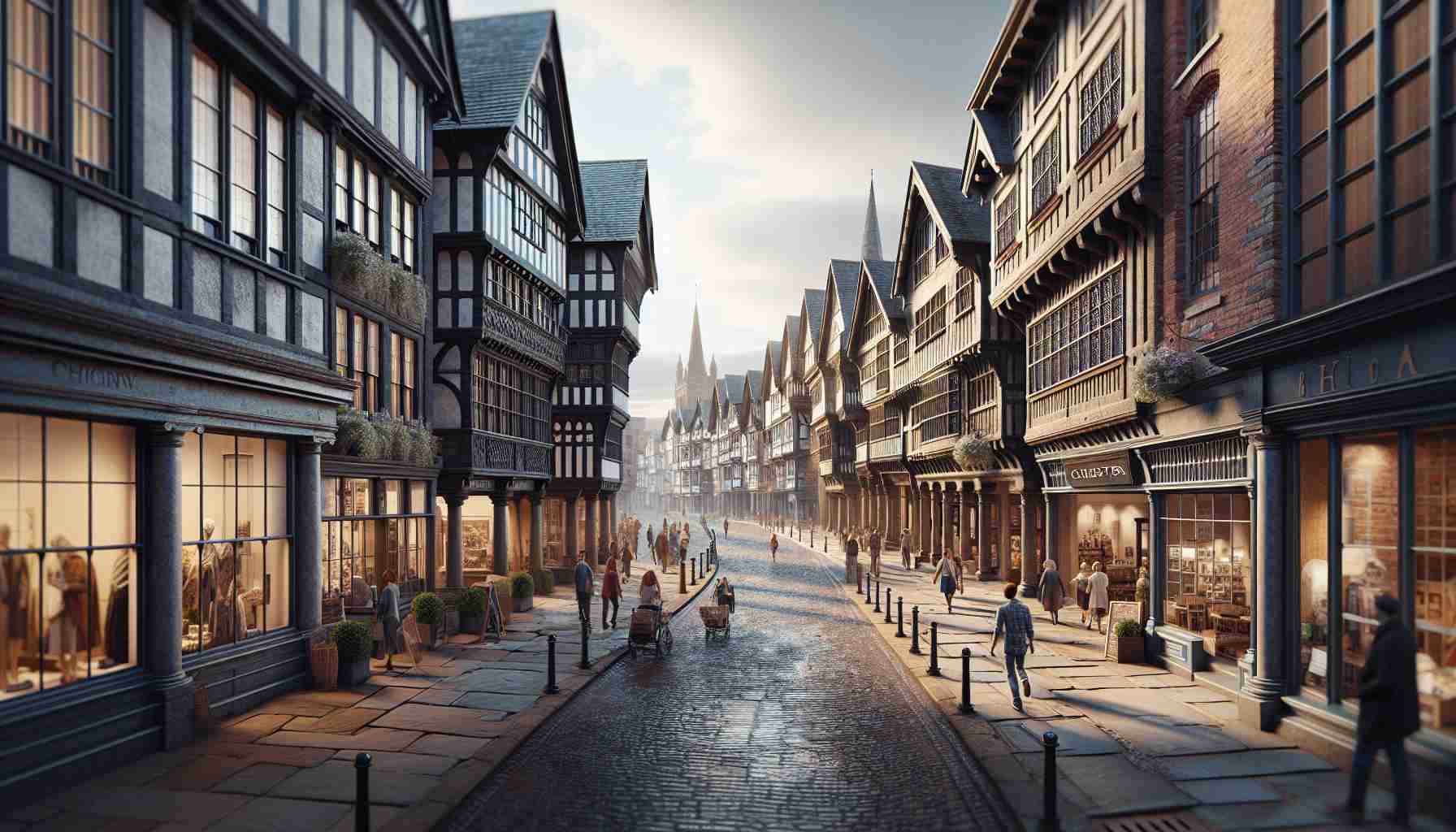A blend of ancient history and vibrant culture awaits you in Chester, England. Nestled just north of the England-Wales border, this county town boasts a unique mix of Roman relics and Tudor architecture, making it a must-visit destination for history enthusiasts and leisure travelers alike.
Step into the Past
Explore Chester’s illustrious history by walking along its two-mile ancient Roman walls—the only complete circuit left in Britain. Head over to Britain’s largest Roman amphitheater and imagine the echoes of a bygone era. Chester Cathedral, founded in 1092, showcases architectural evolution from the Benedictine era, complete with 80 Christmas trees lit up during the holiday season.
Shopping Extravaganza
Chester’s Christmas market, from November 15 to December 22, hosts 70 stalls with handcrafted goods. The Rows, with their medieval origins, house quirky shops perfect for unique finds. Don’t miss Amblongus Books for interesting reads on arts and nature.
Culinary Delights
Start your culinary journey at Twenty Eight with a hearty brunch, boasting local delights like Cheshire cheese. Evenings call for a visit to Corvino, a chic bar offering over 130 wines and exquisite dishes like guinea fowl.
Rest and Relaxation
For accommodations, The Boathouse offers 21 nautical-themed rooms conveniently located downtown. Alternatively, enjoy unusual room designs at Oddfellows. Relax further afield at Rookery Hall Hotel & Spa in Nantwich, just 20 miles away.
Travel to Chester quickly by hopping on an Avanti West Coast train from London Euston, arriving in just over two hours. Whether you’re exploring ancient sites or indulging in modern comforts, Chester promises an unforgettable experience.
The Hidden Impact of Historical Preservations: How Chester, England, Shapes the Future
In the bustling crossroads of history and innovation lies Chester, England—a city where ancient relics intertwine with modern lifestyles. While Chester attracts tourists with its rich tapestry of Roman and Tudor history, there’s an intriguing question: How do such historical preservations influence contemporary human development and emerging technologies?
Tapping into Augmented Reality (AR) for Cultural Engagement
Today, cities like Chester are not only preserving history but also transforming it into interactive experiences. Chester’s Roman walls and amphitheater serve as perfect canvases for AR initiatives. Imagine navigating these ancient sites with an AR guide that reconstructs scenes from the past onto your device. This blend of physical exploration and digital enhancement can cultivate global interest in cultural history, especially among younger audiences.
AR technologies also create potential for historical research, offering digital reconstructions that aid historians and archaeologists in understanding the original configurations of sites and artifacts. These innovations can enhance educational endeavors, making learning more engaging by moving beyond traditional textbooks to immersive experiences.
The Debate Surrounding Historical Site Commercialization
Preserving and showcasing history sparks an ongoing debate: Should these sites be commercialized to support maintenance and development, or should they remain untouched to preserve their authenticity? Chester’s adaptation into a visitor-driven economy— with attractions like the vibrant Christmas market and charming local shops—highlights both sides of this discussion.
Advantages:
– Economic growth through increased tourism.
– Ability to fund the conservation of historical sites.
Disadvantages:
– Risk of losing authentic historical feel.
– Potential neglect of smaller, less appealing yet significant sites.
The Architectural Conundrum: Past Meets Future
Chester’s rich architecture poses a unique question for modern urban development: How can new structures coexist alongside treasured ancient ones? The city’s skyline must maintain a delicate balance, respecting historical aesthetics while accommodating growth and modern-day needs. This presents lucrative opportunities for architects and urban planners to innovate sustainable designs that honor historic integrity.
Implications of Transport Innovations
Chester’s accessibility—just a two-hour train journey from London—exemplifies another significant facet in urban development: efficient public transport. Enhanced connectivity not only boosts tourism but also facilitates the exchange of ideas and resources, fostering cultural and technological advancements.
Final Thoughts
How do we bridge the gap between history and innovation? Chester offers a compelling case study. Preserving history doesn’t inhibit progress; it enriches it. Future developments—whether in AR technology, urban planning, or transport—can leverage historical assets to inspire and educate. Indeed, Chester teaches us valuable lessons on the symbiosis between past and future advancements.
Explore more about the rich fabric of history at Wikipedia and the marvels of urban planning and sustainable development at UN Habitat.
